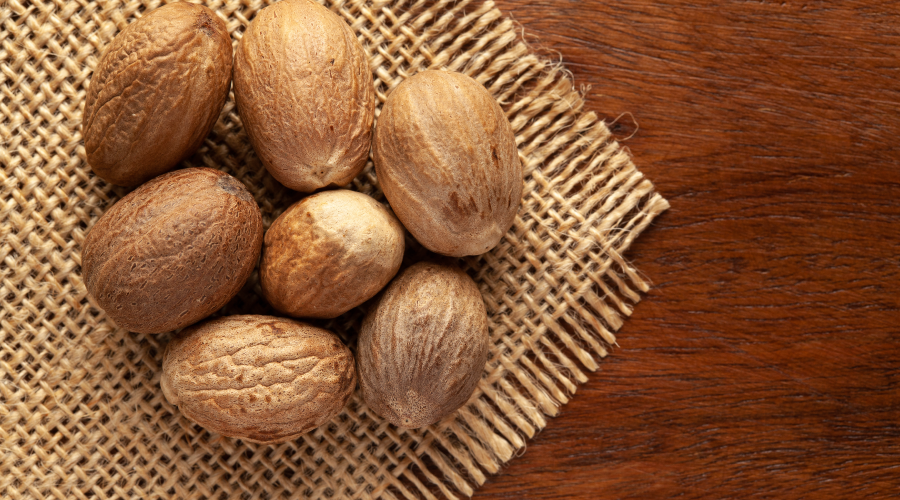

Heart arrhythmia, or irregular heartbeat, is a health concern. Tachycardia causes the heart rate to increase beyond the normal heart rate of 60 to 100 beats per minute. Valsalva manoeuvre is a quick, non-invasive method to correct the racing heart rate. But what is the Valsalva manoeuvre test? Read through to know about its effectiveness and safety concerns.
What is the Valsalva Manoeuvre?
Supraventricular tachycardia (SVT), a type of tachycardia, wherein the electrical signals to the heart’s upper chamber get distorted, leads to rapid heart rate. The resting heart rate increases beyond the normal heart rate of 60 to 100 beats per minute. Tachycardia isn’t risky unless it is caused due to an underlying heart problem. But the symptoms of tachycardia can be uneasy, so slowing the heart rate when the heart is beating too fast, helps.
Valsalva maneuver is a breathing technique that helps restore normal heart rhythm. It is a non-invasive, drug-free method invented in the 17th century by Italian physician Antonio Maria Valsalva. The technique requires you to exhale forcefully through your mouth after pinching your nose and closing your mouth.
The technique causes rapid changes to heart rate and blood pressure and is thus revered as an effective technique to normalise irregular heart rhythm.
How to Perform Valsalva Manoeuvre?
Listed below is a step-by-step guide to performing the valsalva maneuver:
- Sit down or lie down in a comfortable position
- Take a deep breath
- Hold onto your breath by pinching your nose
- Close your mouth
- Bear down hard, as if experiencing a bowel movement
- Increase abdominal pressure for about 10 to 15 seconds
- While bearing down, breathe out hard from your mouth as if blowing a balloon
Four Phases of Valsalva Procedure
Each step of the valsalva procedure helps relax the heart muscles, helping rectify the distorted electrical system. The Valsalva manoeuvre test is divided into four stages. These are:
1. Phase One – Initial Pressure Rise
When we breathe in the air, the pressure in the chest and belly increases. When you start bearing down, the blowing of air against closed airways leads to a further rise in this pressure. This increase in pressure in the aorta forces the blood out of your heart to the limbs and other parts of the body.
The first phase brings about a temporary spike in blood pressure.
2. Phase Two – Reduced Venous Return and Compensation
This phase brings about a steady drop in blood pressure as only a limited amount of blood returns to the heart.
As lesser amounts of blood in the veins return to the heart, resulting in lesser blood being pumped from the heart, a drop in blood pressure is recorded. A healthy autonomic nervous system senses this drop in blood pressure and responds by increasing the heart rate and output by contracting the arteries.
This brings back the blood pressure to normal levels.
3. Phase Three – Pressure Release
The third phase of the valsalva procedure is transient. As the strain on the body releases and the body relaxes, there is a drop in blood pressure for a few moments.
4. Phase Four – Normalising Cardiac Output
In the fourth stage, the supply of blood rushing back to the heart gets normal. Within a few heartbeats, the blood flow gets back to normal and the blood pressure rises back to normal as the blood vessels are still constricted.
The steady rise in blood pressure helps correct tachycardia as the heart rate also gets back to normal.
Applications of Valsalva Manoeuvre
As the Valsalva manoeuvre test helps normalise blood pressure and heart rate, it is used for a range of medical purposes. These include:
1. Correct tachycardia
The rise and drop in blood pressure and heart rate through the four phases of the Valsalva manoeuvre helps restore a normal heart rhythm. Slowing down heart rate stops supraventricular tachycardia (SVT), an abnormal heart rhythm caused due to impaired electrical signals in the upper chambers of the heart.
2. Open Clogged Ears
A blockage in the Eustachian tube in your inner ear can cause ears to clog. The Valsalva procedure can help your ears ‘pop’ open as it forces air through the sinuses and Eustachian tube. This helps normalise middle ear pressure.
3. Strength Training
The Valsalva manoeuvre is a breathing pattern that produces increased force. This is helpful in powerlifting and effective in exercises like squats, deadlifts, and bench presses.
4. Pain Management
The Valsalva manoeuvre test is used as a mechanism to reduce pain during lumbar puncture, a spinal tap test used to diagnose a certain health condition. The use of the test triggers cardiovascular and autonomic responses.
Use of Valsalva Manoeuvres in Medical Diagnoses
Valsalva manoeuvre is also used in several medical diagnoses. These include:
1. Check for a Heart Murmur
Heart murmurs are the sound produced when the blood flows abnormally across the heart valves. While some heart murmurs are normal, known as innocent heart murmurs, others may be indicative of a heart problem. Valsalva manoeuvre test helps the healthcare provider gauge the kind of heart murmur you have.
2. Assess the Risk of Heart Failure
Depending upon the type of heart murmur and the cause of tachycardia, the healthcare provider can pick up signs of impending heart disease.
3. Helps Diagnose Venous Disease and Varicocele
Faulty valve functioning inside the veins can increase the risk of venous disease or a varicocele, a condition marked by enlargement in the vein in the scrotum. The valsalva manoeuvre test is an effective technique to help identify the risk.
4. Diagnosing an ANS disorder
A problem in the autonomic nervous system (ANS) will affect the sympathetic and parasympathetic nerve functions. The system is responsible for the functioning of the heartbeat, breathing rate, etc. Any problem in the ANS system can trigger serious health problems. The Valsalva manoeuvre test helps evaluate the health of the ANS system.
5. Diagnose nerve injury
The valsalva manoeuvre is an effective technique to ascertain problems and injuries in the cervical spine nerves. As the intraspinal pressure increases during the valsalva manoeuvre test, it increases radicular pain which helps delineate affected nerves.
6. Urinary inconsistency
The Valsalva procedure is helpful in urodynamic tests. It helps in the assessment of pelvic organ prolapse and urinary incontinence in women. The test helps pick up Valsalva leak pressure points which are associated with urine leakage.
7. Palpation of Supraclavicular lymph nodes
The valsalva manoeuvre test helps in bringing deep-seated lymph nodes to a more accessible position for palpation, or manual feeling with fingers or hands. This can help identify any enlargement in the supraclavicular lymph nodes which is an indicator of cancer.
8. Oral–antral communication
Oral–antral communication, or the connection between the oral cavity and the maxillary sinus, can be detected through a valsalva manoeuvre. Timely treatment can prevent OAC from developing into chronic sinus disease.
What Happens After the Valsalva Maneuver?
Valsalva manoeuvre is successful only one in five times. Once successfully done, it will help slow down the racing heart rate in less than one minute. But if supraventricular tachycardia does not settle even after three attempts, it’s important to check in with a healthcare provider.
Valsalva Manoeuvre – Safety Concerns
Although the Valsalva manoeuvre is an out-patient, non-invasive test, it is not recommended for all. As the test raises blood pressure in the eyes and abdomen region, it is not recommended for people with:
- Disease of the retina, or retinopathy
- Cataract surgery or those who have intraocular lens implants in the eyes
- Heart valve disease
- Coronary artery disease
- Congenital heart disease
Risks Associated With Valsalva Manoeuvre
Valsalva manoeuvre is a drug-free, fast and non-invasive testing technique. It is a relatively safe test with no complications. However, some people may experience:
- Chest pain
- Fainting
- Abnormal heart rhythms
- Stroke
Conclusion
The Valsalva manoeuvre is a helpful treatment and diagnostic technique. It is an effective way to correct supraventricular tachycardia, a rapid heart rate caused due to impaired electrical signals in the heart’s upper chamber. Valsalva procedure also helps in treating clogged ears due to pressure changes in the middle ear. But there are certain risks associated with the Valsalva test. Also, the Valsalva manoeuvre test must always be done first with complete medical guidance and under medical supervision. If you’re able to do it safely, it can be a quick and easy way to get your heart beating at a safe and normal rate. If you can perform the Valsalva test safely, it can be a great way to improve heart health and quality of life.




